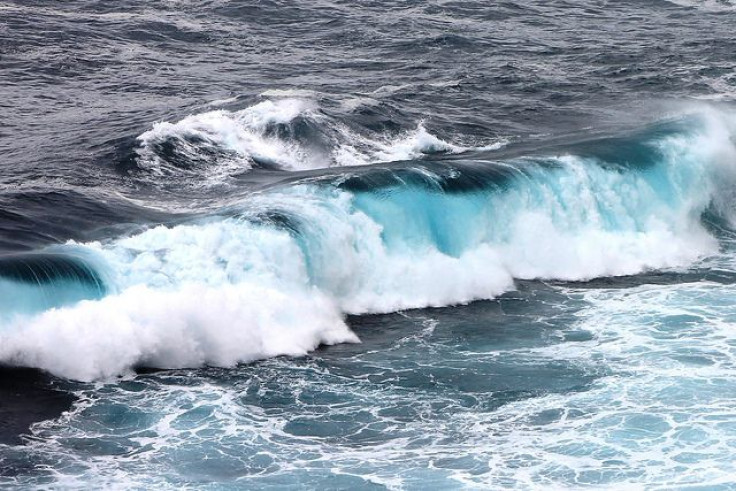The Southern Ocean Is Absorbing Twice As Much Carbon As It Used To, But What Would Happen If It Stopped?

The Southern Ocean surrounding Antarctica plays a vital role in maintaining our planet’s atmospheric balance by absorbing large amounts of greenhouse gases (GHG). Human activity has caused a significant increase in GHG levels, but a new study shows that in the past decade the Southern Ocean has nearly doubled its capacity to soak up these gases. It’s not all good news, though, as the study also warned this effect may not last forever, and past research has already shown the significant effect it could have on human health.
The sun constantly sends Earth large amounts of radiation. According to LiveScience, about 30 percent of this radiation is reflected back out to space by clouds, and a further 70 percent is absorbed by the ocean, land, and atmosphere. A greenhouse gas is any gaseous compound in the atmosphere that is capable of absorbing solar infrared radiation. This behavior helps to trap heat and gives Earth its warm temperatures. However, recent dramatic increases in greenhouse gas emissions has disrupted this delicate balance.
Although past research has suggested the Southern Ocean has stalled its intake of greenhouse gases, a new study published Thursday in the online journal Science shows that in the past decade the Southern Ocean has actually doubled the amount of greenhouse gases it absorbs from the atmosphere. In 2011, it absorbed about 1.2 billion tons of the greenhouse gas. According to Reuters, this amount is equivalent to the entire European Union’s annual man-made greenhouse gas emissions.
The uptake in dangerous gas absorption is thought to be due to natural weather changes that have caused pressure changes in the air above both the Atlantic and Pacific oceans. Although the news is good, Nicolas Gruber, one of the authors involved in the study, told Reuters there’s no saying how long this high rate of gas absorption will remain and that the Southern Ocean may soon reach a saturation point.
Carbon dioxide (CO2) is the most common greenhouse gas emitted by humans, and according to the Environmental Protection Agency (EPA), made up about 82 percent of U.S. greenhouse gas emission from human activity in 2012. Although CO2 is naturally emitted, human activities such as electricity, transportation, and industrial processes have significantly increased this amount.
In the recent study, the researchers expressed concern of what could occur if the Southern Ocean did eventually reach a CO2 saturation limit and was no longer able to absorb as much CO2 out of the atmosphere. According to Reuters, a UN panel of experts predict that such an event would cause larger than normal amounts of GHGs to remain in the atmosphere. This could cause widespread heat waves, downpours, and droughts.
Increased amounts of CO2 in the atmosphere could also have an effect on human health. In a 2010 study, Mark Jacobson, a professor from Stanford University, studied how large concentrations of CO2 emissions could affect human health. Jacobson used a computer model of the high CO2 atmospheric conditions and found that just a 1-degree Celsius change caused by increased emissions would lead annually to about a thousand additional deaths and many more cases of respiratory illnesses and asthma in the U.S.
"This is a cause and effect relationship, not just a correlation," said Jacobson in a statement on the study. "Ultimately, you inhale a greater abundance of deleterious chemicals due to carbon dioxide and the climate change associated with it, and the link appears quite solid."
Not all the news is gloom and doom, however. In recent years, a number of international governments have taken significant steps to reduce their nation’s “Carbon Footprint.” Grist reported President Barack Obama succeeded in reducing the U.S.’s greenhouse gas emissions by 8 percent under his leadership and in 2015 launched a number of administrative actions to help ensure that America will continue to address this international crisis even beyond the end of his term.
Source: Landschutzer P, Gruber N, Haumann A. The reinvigoration of the Southern Ocean carbon sink. Science. 2015.



























